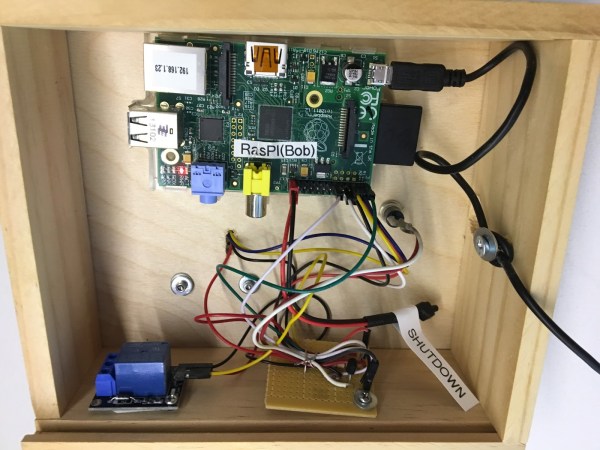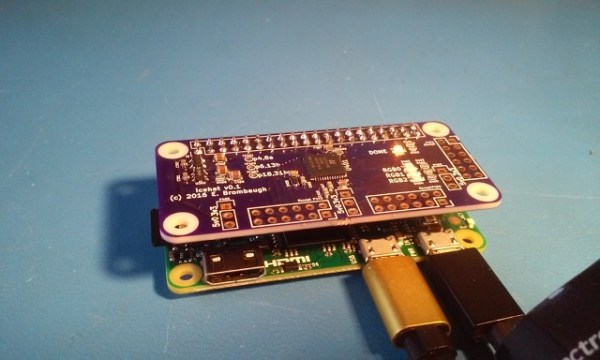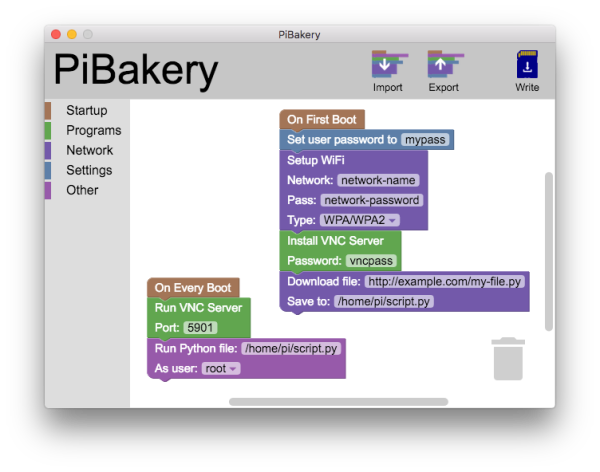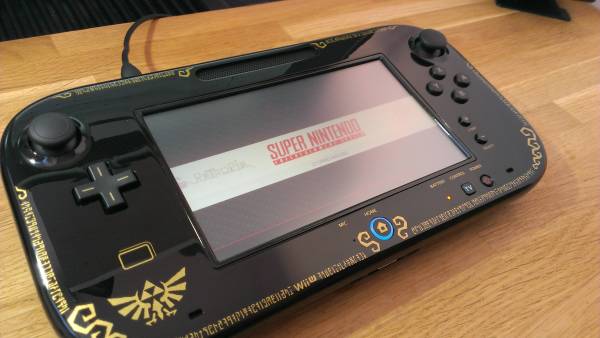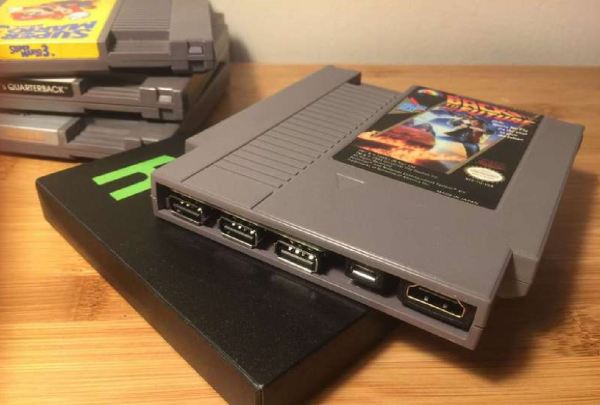Lots of useful things come in boxes. Shoes, soldering irons and… prime numbers? This simple project from [WhiskyTangoHotel] puts a list of prime numbers in a handy box. Press a button, get a prime.
Sure, it isn’t brain surgery: all that it is happening is that a Raspberry Pi is reading a number from a text file, then showing it on an LCD screen. But it’s well-documented project that shows how to tie together a number of things on the Pi, like writing to an I2C display and using a button to trigger a clean shutdown.
It might be a good starting project for the younger hacker or if you have a Pi pining for something to do. If you’re looking for more easy Raspberry Pi projects, check out our Enlightened Pi Contest.

